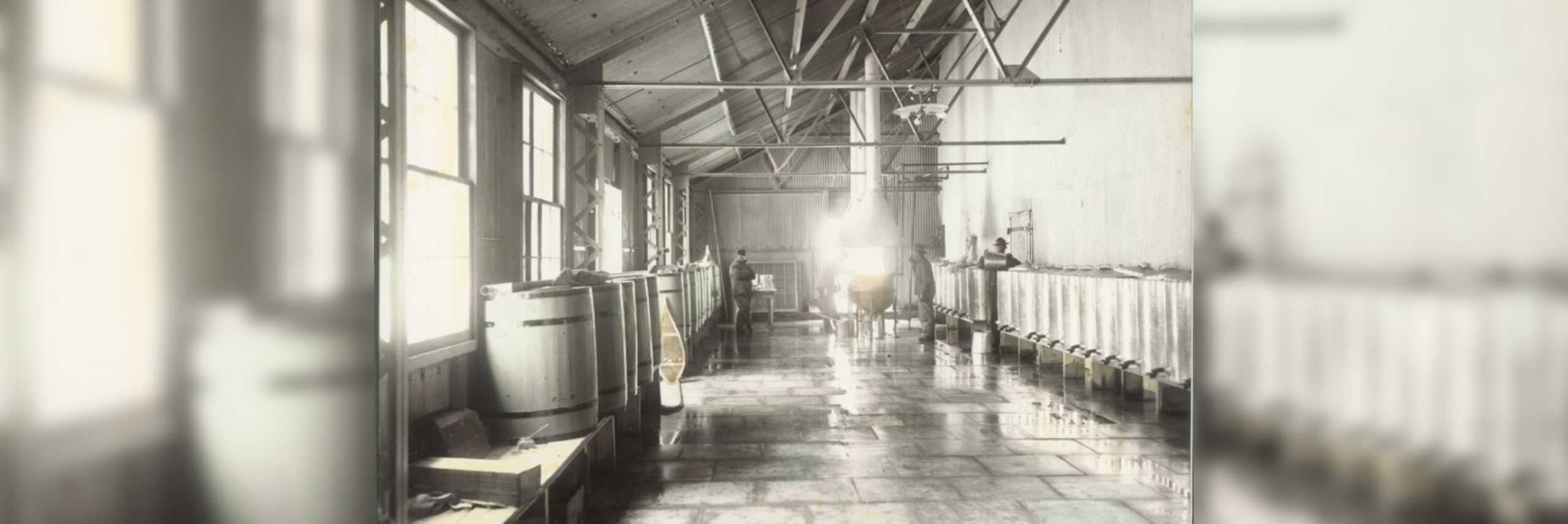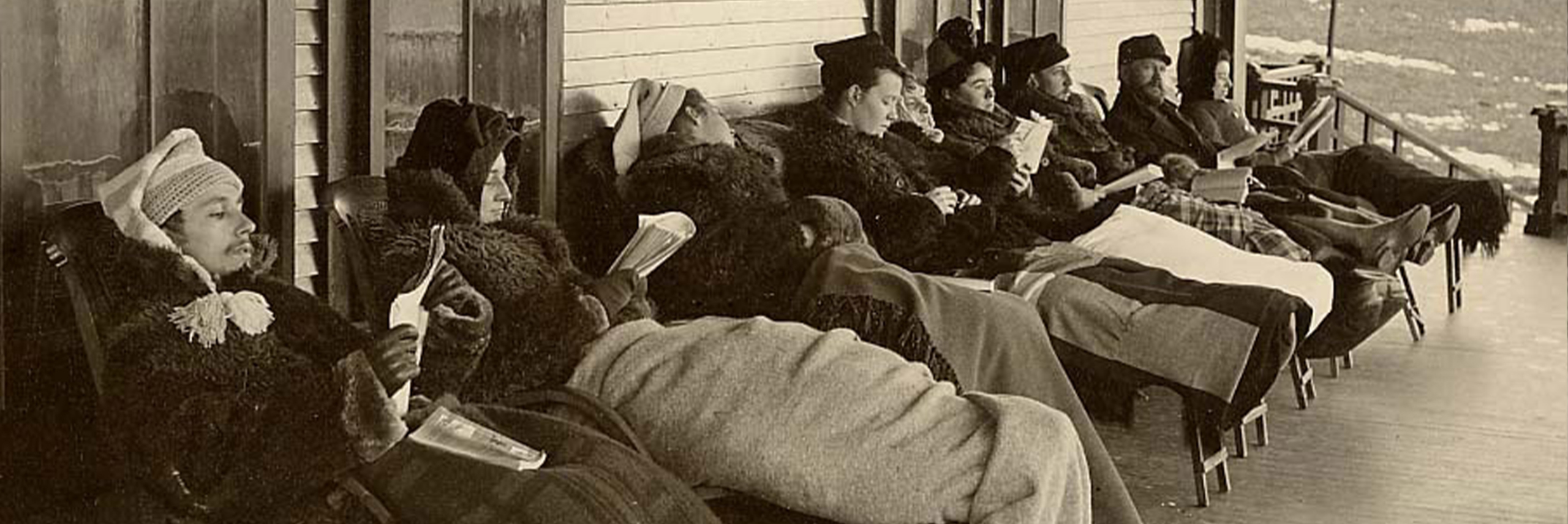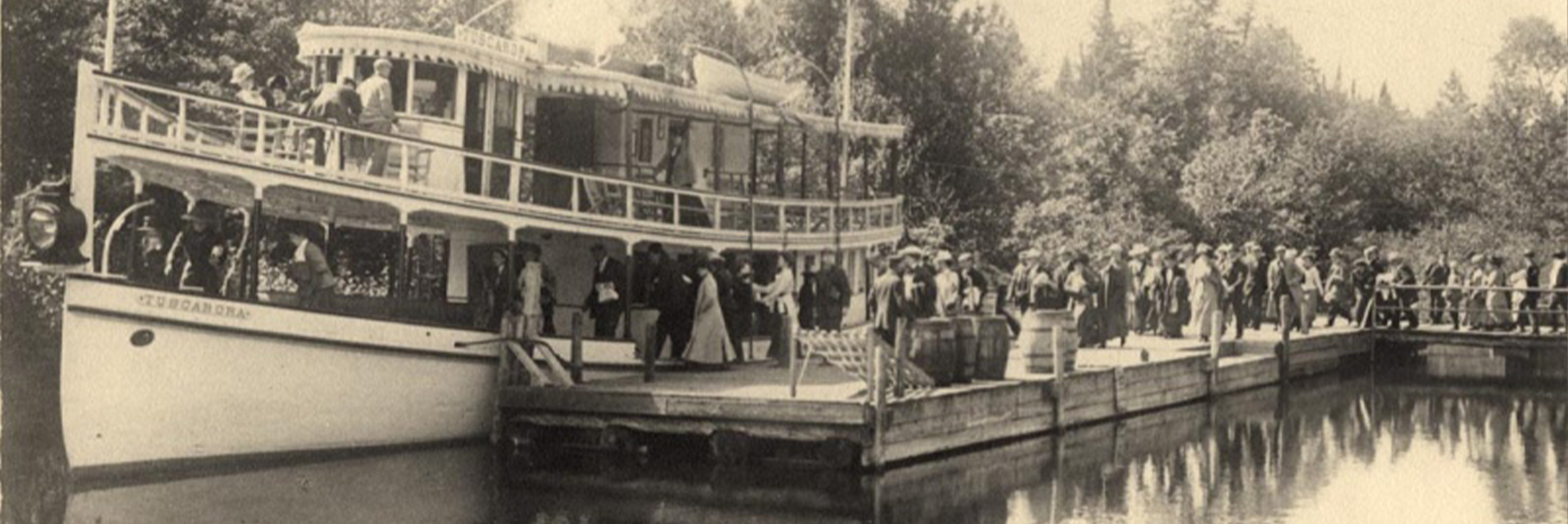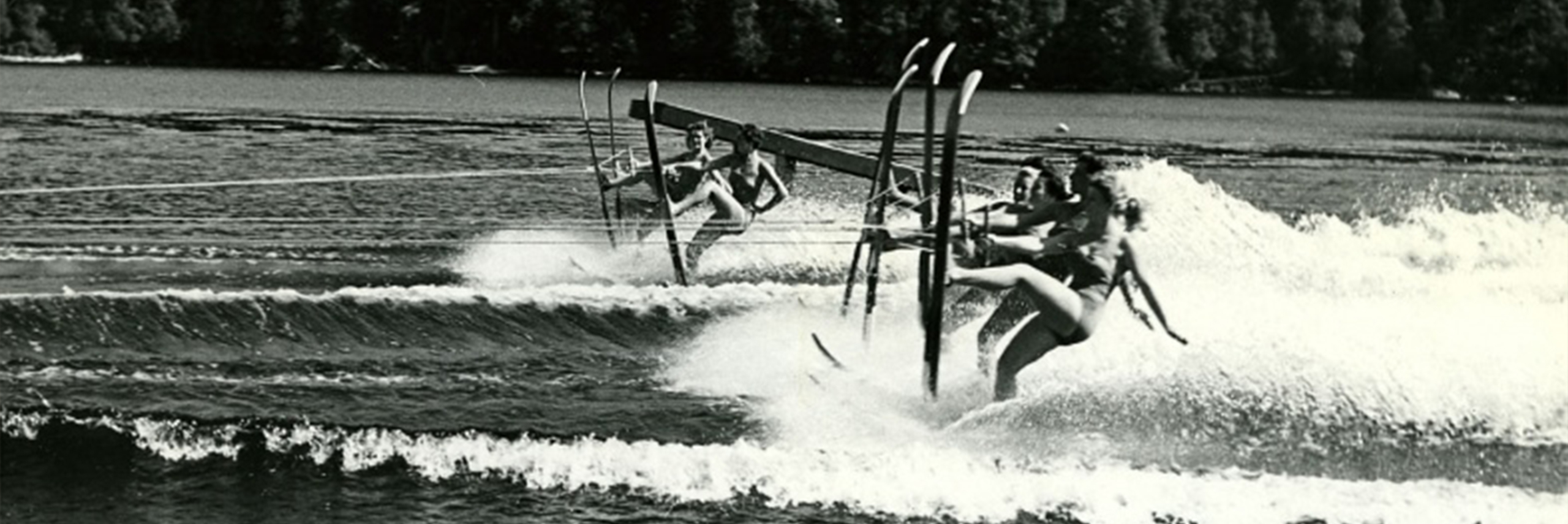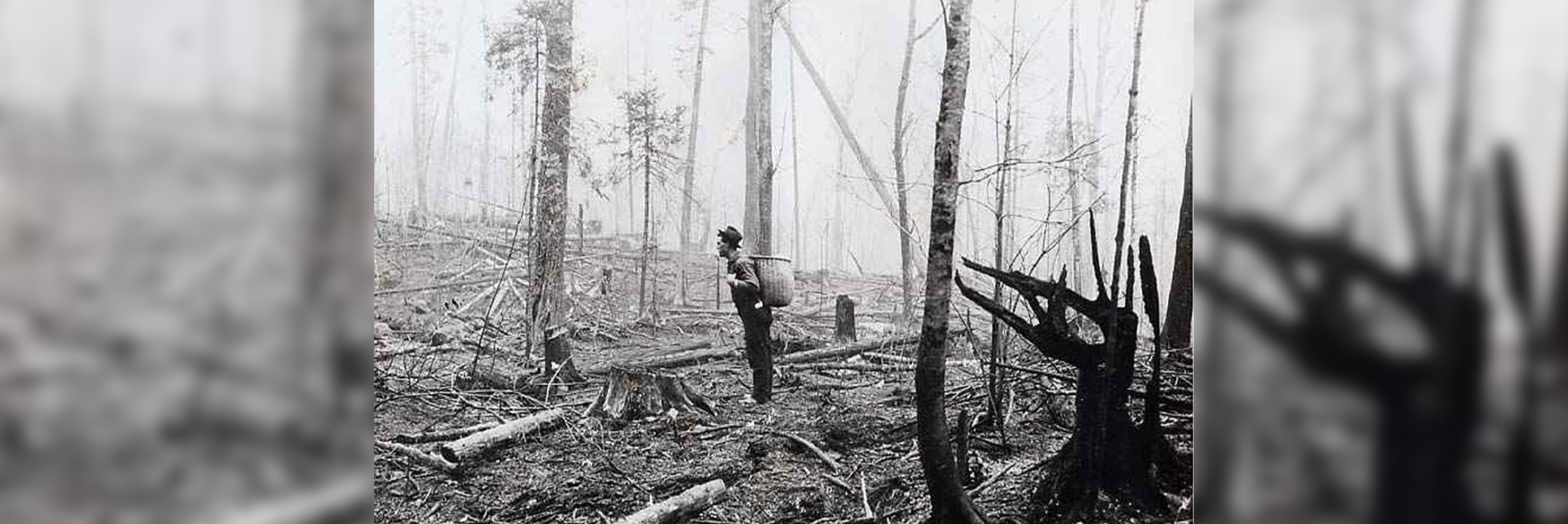A.A. Low's Empire
The Adirondack region is a place of natural beauty and also a region of industry and invention. Many people have carved out lives in these quiet woods, some creating great empires.
Abbot Augustus (A.A.) Low (1844-1912) is such a man. He left a lasting impression on the Adirondacks not only through the industry he built but also through inventions and innovations that revolutionized how people worked.
A.A. Low is best known for his business career; however, he spent much of his time working on new inventions. He received over 200 patents throughout his life. At the time of his death, he had been granted more patents by the United States government than any other person, with the exception of Thomas Edison. While the majority of Low’s projects served practical means, he was known to work on more whimsical and outlandish ideas such as an elaborate electric mousetrap and a submarine boat.
A.A. Low was born to a wealthy family of high social standing in Brooklyn, New York. His father Abiel Abbot Low (1811-1893) was a prominent merchant in the China trade. His brother Seth Low (1850-1916) was the president of Columbia University from 1890 to 1901 and the mayor of New York City from 1901 to 1903.
His father Abiel Abbot Low grew up as one of twelve children attending public schools. He would make his fortune when he sailed to China in 1833. By 1840, Abiel had launched the trading company A.A. Low & Brothers, which rapidly became one of the leading importers of silks and teas from China and Japan. Abbot A. Low apprenticed himself to his father’s shipping and importing enterprise, where he became a partner. However, his love of the Adirondacks would lead him to business ventures there.
Low first visited the Adirondacks in his teens but began buying tracts of land in the Bog River Flow area in 1892. He acquired nearly forty-six thousand acres, including Bog Lake, Lake Marian (renamed for his wife), Hitchins Pond, Horseshoe Lake, and Trout Pond. Most of the Bog River basin was purchased by 1896.
He was single-handedly responsible for the creation of the town of Horseshoe, in St. Lawrence County. It was the headquarters of the Horse Shoe Forestry Company, formed in 1896. The company initially headed Low’s logging operations, but other projects, such as bottling spring water and maple syrup production would eventually fall under the company’s management.
Low’s innovative spirit helped him overcome the difficulties of running a business in the rural Adirondacks. Many people would not have thought some of the projects he set in motion possible.
His first task, after establishing the Horse Shoe Forestry Company, was to build a railroad station at Horseshoe in order to conduct “proper” business. The station was far more elaborate than one normally found in the middle of the woods. It was a full-fledged depot with a telegraph and ticket office, and facilities for freight and express shipping. (The Quarterly: Official Publication of the St. Lawrence County Historical Association, Jan. 1974)
The railroad station was modeled after one located in Garden City, Long Island at the time. When the station at Horseshoe was complete, ownership was transferred to the Mohawk & Malone Railroad Company for one dollar.
Low was able to persuade the government to establish a U.S. Post Office at Horseshoe in January 1898. George Dukelow, the manager of Low’s first boarding house for employees, was appointed postmaster. (The Quarterly, Jan. 1974)
A.A. Low was always looking for more effective ways to do business. His thinking would lead him to build fifteen miles of standard gauge railroad track, purchase two locomotives, a steam shovel, a steam log loader, a steam crane and several flatcars to aid in the lumbering of his land. (Adirondack Life, May/June 1990)
To improve the efficiency of his lumber business, he also built a sawmill at Hitchens Park on the Bog River. Although portable sawmills to supply rough lumber were common, nothing on the scale of Low’s mill had been seen before in the mountains. The mill included a band mill that cut both hard and softwood. It also had all types of standard woodworking equipment along with special box and barrel-making machines.
Another example that shows how Low was ahead of his time was the 1899 project to bottle spring water and ship it to New York City. He shipped the water in square returnable bottles, another of his patented items.
1899 marked the beginning of Low’s maple sugaring business. This was another enterprise where Low’s knack for evolving systems is exemplified. The maple sap was not collected with traditional taps and buckets. Instead, pipes and troughs were used to bring sap to tubs near the railroad. It was then transferred to large tanks on flatcars and transported to the evaporators.
Even the evaporation process was revolutionized. Two men, James H. Hill and John Rivett, who worked for Low, developed a complex system where sap entered one side of the building, traveled through steam-heated evaporators, and came out the other end as syrup. (Adirondack Life, May/June 1990) Low submitted a patent for the design in the names of the two men.
Low’s next big project would be to build a dam on the Bog River to help with log drives and generate electricity. The first dam was built in 1903, but the scale of Low’s ambitions required more power than a single dam could produce.
In 1907 the second “upper dam” was built near Hitchins Pond. The completed dam raised the river more than six feet, creating a conflict with the state, which claimed ownership of the land. It was not until well after Low’s death that it was determined that the state did not in fact own the flooded land.
The Horse Shoe Forestry Company was strong in 1908, but in the fall a number of devastating forest fires ripped across Low’s lands. Sparks from railroad engines posed a constant challenge. The dry weather combined with the threat from trains resulted in a number of fires in the region. The great Long Lake West forest fire took place during this time (see the Adirondack Journal titled “The Adirondacks are Burning: A Brief History of Forest Fires”).
With much of his forestland destroyed Low’s lumbering and maple sugaring enterprises were no longer viable. Horse Shoe Forestry Company was liquidated in 1911. The dams were reminders of the great industry that once operated there. A.A.Low’s wilderness dams have left a lasting legacy. Paddlers today enjoy more than three scenic miles of unencumbered flat water on the Bog River between the Lower and Upper dams.


